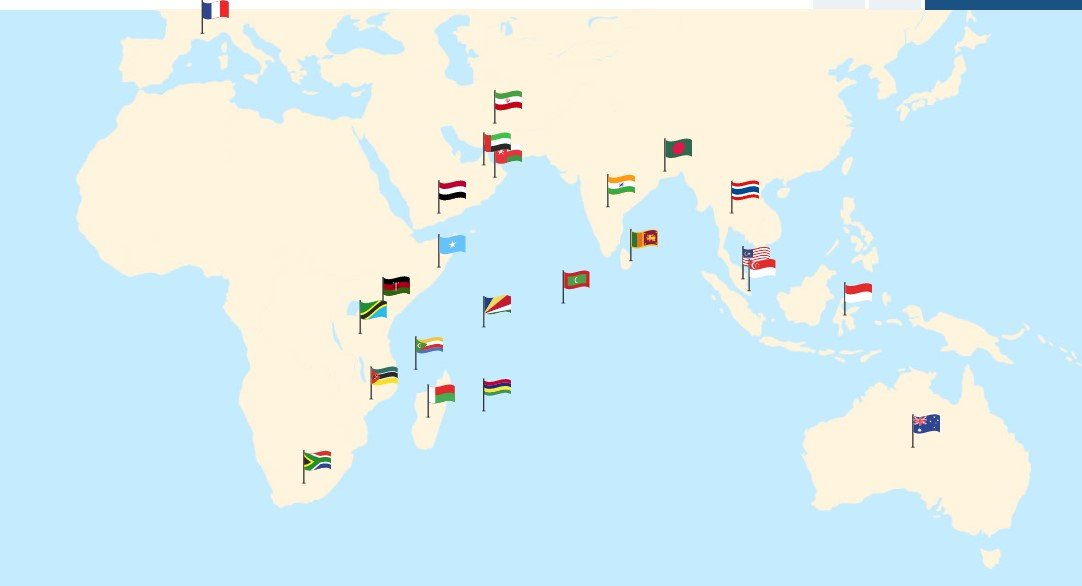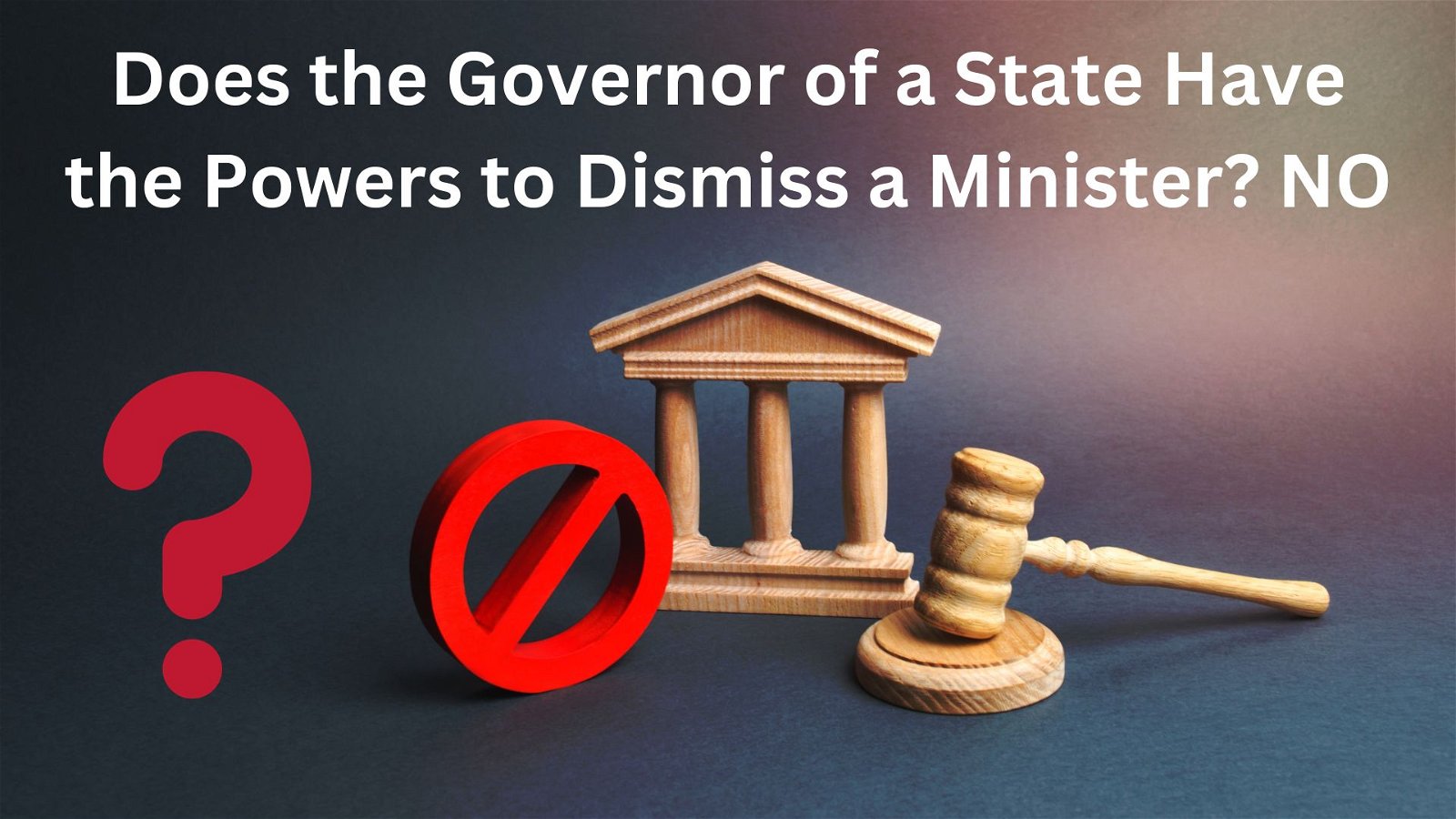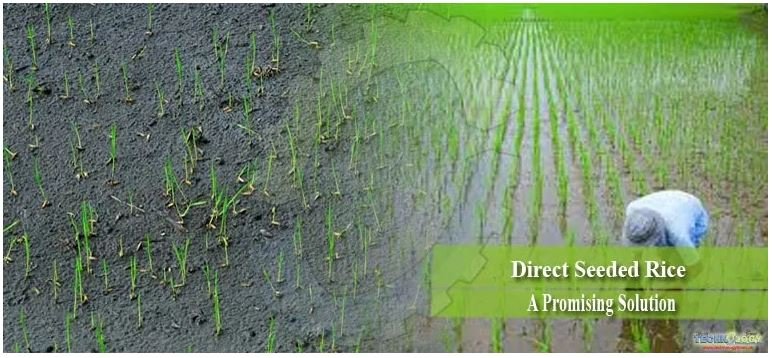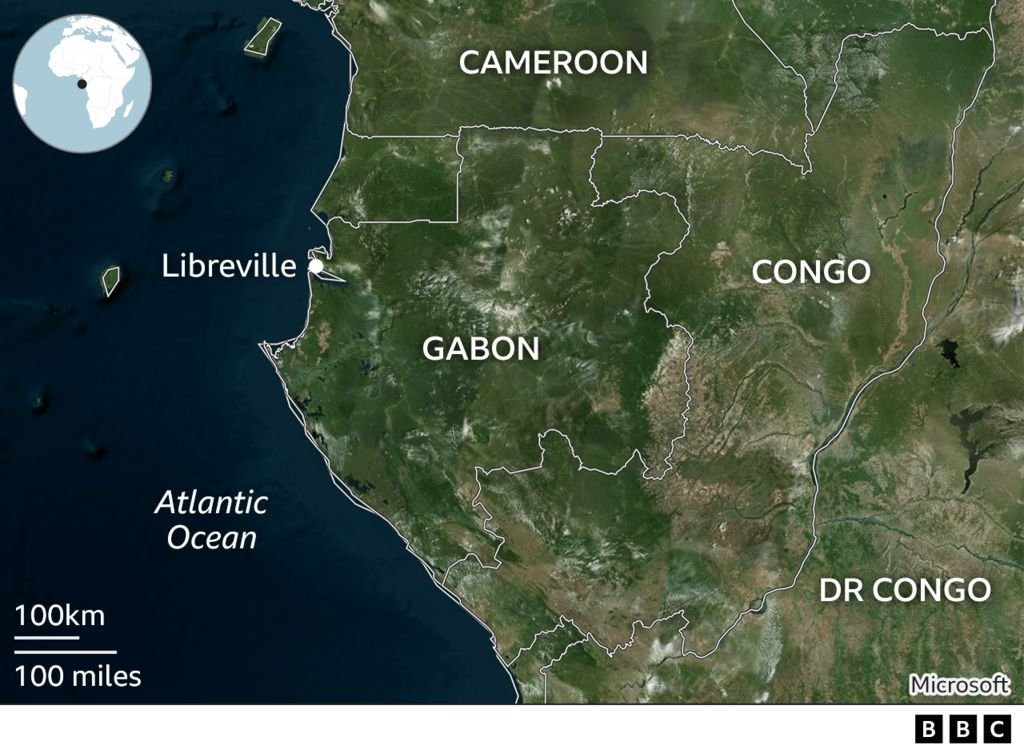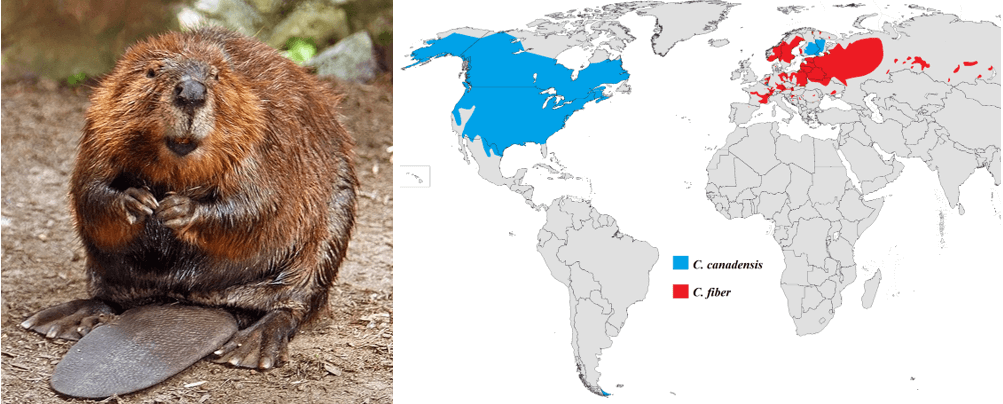
Current Affairs January 31, 2024: Maratha Military Landscapes, Indian Stamp Bill, 2023, EV vs Hybrid, GPS Based Toll Collection, Lithium Battery, White Rhino, Laughing Gull, Updated World Economic Outlook
Subscribers of "Current Affairs" course can Download Daily Current Affairs in PDF/DOC
Subscribe to Never Miss an Important Update! Assured Discounts on New Products!
Must Join PMF IAS Telegram Channel & PMF IAS History Telegram Channel
{GS1 – A&C – Architecture} Maratha Military Landscapes
- Context (PIB | IE | TH): India has nominated the “Maratha Military Landscapes” for inclusion in the UNESCO World Heritage list for 2024-25.
- The Maratha Military Landscapes of India included in the Tentative List of World Heritage sites in 2021 is the sixth cultural property nominated for inclusion in World Heritage List from Maharashtra.
- There are two categories of nomination: cultural and natural criteria. The Maratha Military landscapes are nominated in the category of cultural criteria.
- The 12 components of this nomination are the forts of Salher, Shivneri, Lohagad, Khanderi, Raigad, Rajgad, Pratapgad, Suvarnadurg, Panhala, Vijaydurg and Sindhudurg in Maharashtra and Gingee Fort in Tamil Nadu.
- At present in India there are 42 World Heritage sites, out of which 34 are cultural sites, 7 are natural sites whereas 1 is mixed site.
- In Maharashtra there are 6 World Heritage Sites, 5 cultural and 1 natural.
- Cultural: Ajanta Caves, Ellora Caves, Elephanta Caves, Chhatrapati Shivaji Maharaj Terminus (formerly Victoria Terminus), Victorian Gothic and Art Deco Ensembles of Mumbai.
- Natural: Western Ghats of Maharashtra, Karnataka, Tamil Nadu and Kerala.
- The Maratha Military Landscapes of India developed between the 17th and 19th centuries.
- Among the forts:
- Salher fort, Shivneri fort, Lohgad, Raigad, Rajgad and Gingee fort are hill forts,
- Pratapgad is hill-forest fort,
- Panhala is hill-plateau fort,
- Vijaydurg is coastal fort
- Khanderi fort, Suvarnadurg and Sindhudurg are island forts.
Details about Important Forts
Raigad Fort
- Originally called Rairi, the fort is built on a large wedge separated from the main range by a ravine
- In 1674 CE, the Rajyabhishek or coronation of Shivaji took place at this fort and it was here that he adopted the title of ‘Chhatrapati.’
- In 1662 it was selected by Chhatrapati Shivaji for his permanent capital and actual shifting of the capital to Raigad took place in 1670.
- After the death of Chhatrapati Shivaji in 1680, the glory of Raigad declined.
- The English referred to Raigad as “the Gibraltar of the East,” comparing its steep, inaccessible and solid nature to the famous monolithic rock formation near the Mediterranean Sea.

Rajgad Fort
- Formerly known as Murumbudev, this fort was the first capital of the Maratha Empire under the rule of Chhatrapati Shivaji for almost 26 years before the capital was moved to Raigad Fort.
- It was one of the 17 forts that Chhatrapati Shivaji Maharaj kept when he signed the Treaty of Purandar in 1665, with the Mughal General Jai Singh I.
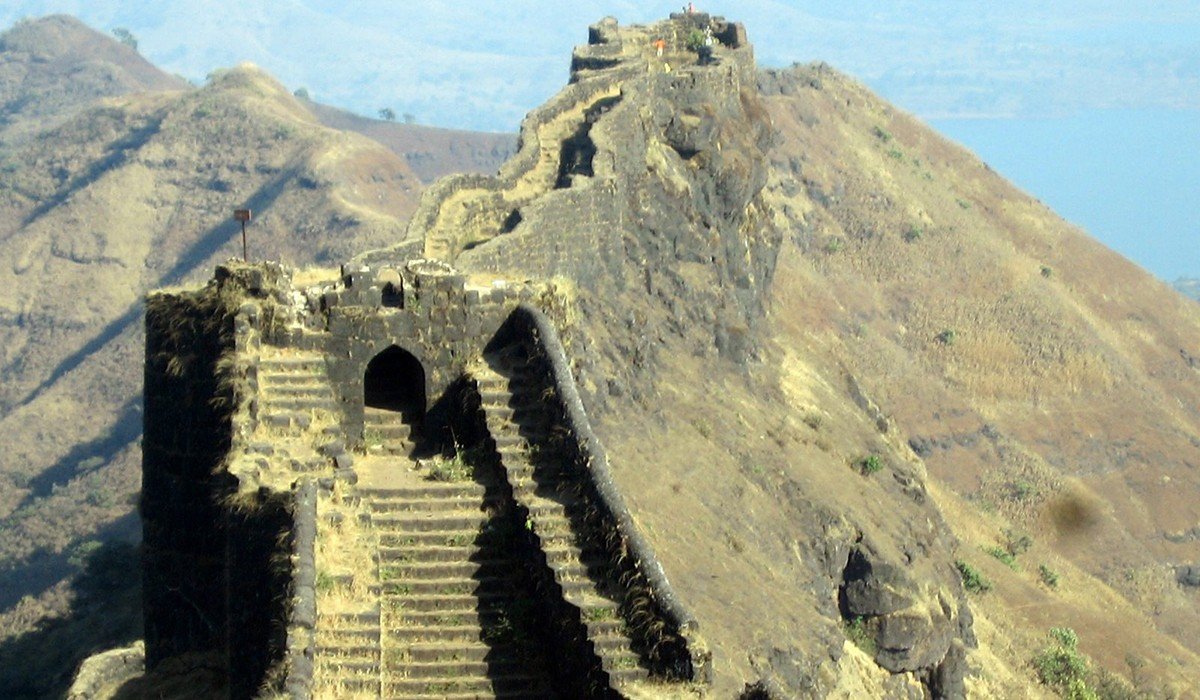
Shivneri Fort
- It is the birthplace of Chhatrapati Shivaji Maharaj, the founder of Maratha Empire.
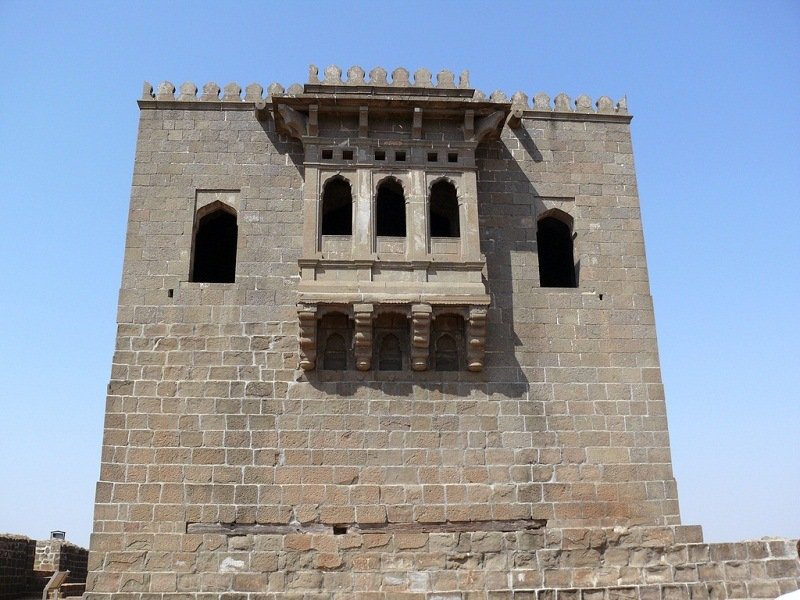
Pratapgad Fort
- It became the site of the battle between Shivaji and Afzal Khan.

{GS2 – Governance – Laws} Indian Stamp Bill, 2023
- Context (IE): The GoI has proposed repealing the Indian Stamp Act (ISA) of 1899 and bringing in a new law (Indian Stamp Bill, 2023) for stamp duty in the country.
Indian Stamp Act, 1899
- The ISA, 1899 is a money-related statute that lays down the law relating to the tax levied in the form of stamps on instruments recording transactions.
- Section 2 of the Act: An instrument includes every document by which any right or liability is or purports to be created, transferred, limited, extended, extinguished or recorded.
- Section 3 of the Act: It prescribes that specific instruments or documents shall be chargeable with the amount indicated in Schedule 1 of the Act.
- These include bills of exchange or promissory notes.
Definition of Stamp
- A “stamp” has been defined as “any mark, seal or endorsement by any agency or person duly authorised by the State Government, and includes an adhesive or impressed stamp, for duty chargeable under this Act”.
Need for new Law
- The ministry has proposed repealing the existing Act and substituting it with new legislation to “reflect the present realities and objectives.”
- Several provisions of the Indian Stamp Act of 1899 have now become “redundant”.
- There is a lack of provisions for digital e-stamping.
- There is a lack of uniform legislation regarding stamp duties for all Indian states.
|
Provisions of the draft Bill
- E-Stamping: The draft Bill has introduced provisions for digital e-stamping.
- Digital signatures: The Bill states that the words “executed” and “execution” used for instruments will mean “signed” and “signature” and include attribution of electronic records and electronic signatures, as defined under the Information Technology (IT) Act, 2000.
- Penalties: It seeks to increase the maximum penalty amount from Rs 5,000 to Rs 25,000 for contravening any provisions of the law
- Imposition of Rs 1,000 per day for repeated offences.
|
|
Stamp duty
|
{GS3 – S&T – Tech} EV vs Hybrid
- Context (IE): EV’s are going to be the future but in the next 10 years EV adoption has a lot of challenge hence hybrid vehicles could be the transit point before going fully electric.
Why hybrid vehicles should be prioritised over EVs in the next 5-10 years?
- Inadequate Public charging stations: The number of EVs is likely to grow from 1 million (mid 2022) to 45-50 million (2030). But only about 2,000 public charging stations are currently operational.
- India’s unique challenge in building charging infrastructure: Cars and smaller vehicles have different charging requirements compared to two and three wheelers.
- Dependency on Li-ion batteries: The demand for Li-ion batteries from India is projected to grow at a CAGR of more than 30% by volume by 2030. India is almost entirely dependent on imports from other countries.
|
|
Way forward
- Change in strategy: Instead of focusing more on waiving the high taxes & subsidies for EV’s, investing more in charging infrastructure should be prioritised.
- Investing in charging infrastructure is between four and seven times more effective in ensuring EV adoption compared with providing upfront purchase subsidies (World Bank).
{GS3 – S&T – Tech} GPS Based Toll Collection
- Context (Swarajya): NHAI is set to launch GPS-based toll collection on various routes throughout the country. It is set to replace the current FASTag system.
How does a GPS-based tolling system operate?
- GPS Tracker: Vehicles get a tracking device for movement monitoring.
- Geofencing: Highways will be geo-fenced, creating virtual boundaries.
- To set up a geo-fencing service, an administrator employs GPS– or RFID-enabled software to establish a virtual boundary around a specified location.
- Software detects mobile devices entering or leaving areas.
- Tolls are charged based on distance at highway exits.
- No toll plaza stops are required, thanks to sensor-based technology.
- Users must register vehicles and link them to bank accounts for toll payments.
- Concerns: Privacy issues as the system tracks the precise location of vehicles.
- Alternative approach: Automatic number plate recognition cameras for tracking vehicle entry and exit, eliminating the need for GPS devices and allowing toll collection on the go.
- Countries: it has already been implemented in several countries including Germany and Singapore.
What is Geofencing?
- Geofencing is the usage of a virtual geographic boundary around a physical location, which allows users to detect when someone enters or leaves a location.

- Geo-fencing services are also used by enterprises to automate attendance, timecards, monitor employees in the field, and keep track of company property.
- Geo-fencing work on Jaipur-Delhi-Agra e-highway is being implemented by various geospatial tech companies in association with National Highways on pilot basis.
{GS3 – S&T – Tech} Lab-grown Fish
- Context (IE): The ICAR-CMFRI in Kochi partnered with a start-up for lab-grown fish meat. It is the first initiative of its kind in the country.
- Cultivated fish meat is produced by a technique called Cell culture.
- The final product is expected to replicate the flavour, texture, & nutritional qualities of real fish meat.
Cell culture
- It refers to the process of growing and maintaining cells outside their natural environment.
- Cells are cultivated in a nutrient-rich environment, known as a culture medium. It contains essential nutrients, growth factors, and other necessary components to support cell growth and proliferation.
- Cell cultures are widely used in research, drug development, vaccine production, and the study of diseases & Cultivated meat industry.
|
Need to grow fish meat in the lab?
- Increasing demand for seafood.
- Reduce excessive pressure on wild resources. Overfishing has resulted in dramatic reductions in populations of certain species.
- Lab grown fish meat will be antibiotics free and will have no contamination with microplastics or heavy metals. (Bioaccumulation, Bio magnification).
- To ensure India is not left behind in this emerging industry.
- Israel, Singapore, the United States and China have made great progress in this pioneering technology. For example, Israel-based Forsea Foods successfully produced lab-grown freshwater eel meat.
- Further, companies around the world are now reported to be working on developing lab-grown meat from cells, including chicken, pork, lamb, fish, and beef.
For more information on lab-grown meat, >visit Lab grown meat
{GS3 – S&T – Tech} Lithium Battery
- Context (TH): With Electric Vehicles (EV) recording a 50% growth in 2023, compared to 2022, the heart of it, i.e. Lithium Battery is a topic of discussion.
- A Lithium-ion or Li-Ion battery is a type of rechargeable battery that uses lithium compounds as one of the electrodes.
- In 1985, Akira Yoshino developed the first prototype.
Lithium battery Cell

- Each Lithium battery cell has essentially three components.
- A Positive electrode – (Lithium cobalt oxide, or LiCoO2).
- A Negative electrode – (Carbon).
- A Separator – Electrolyte – most commonly used (lithium salt, such as LiPF6) in an organic solution.
- In addition, lithium-ion batteries incorporate other elements that improve their performance and safety: a temperature sensor, a voltage regulator circuit and a state-of-charge monitor.
- When the battery is charged, lithium ions flow from the positive electrode to the negative electrode through the electrolyte and attach to the carbon.
- During discharge, the lithium ions return from the carbon to the LiCoO2.
Why Lithium for EV Batteries?
- High power density.
- Easy maintenance.
- Variety of models available.
- Higher Battery Life.
- Much lighter than other types of rechargeable batteries of the same size.
- High specific energy and high load capabilities with Power Cells.
- High capacity, low internal resistance.
- Simple charge algorithm and reasonably short charge times.
- Low self-discharge. A lithium-ion battery pack loses only about 5 percent of its charge per month.
|
Applications
- Emergency power systems – server farms, the batteries of a UPS (Uninterruptible Power Supply).
- Solar energy storage: Solar energy storage is intermittent, and these batteries are best suited to solar panels because they charge fast.
- Consumer electronics and mobile devices: Allows for ever-increasing miniaturisation.
- Disability assistance: electric wheelchairs, stairlifts or motorised prostheses.
Problems with Lithium-ion Batteries
- Energy density is still lower compared to petrol.
- Requires higher protection circuit to prevent thermal runaway if stressed.
- Performance declines with time.
- At freezing temperatures (zero degrees Celsius), quick charging is not possible.
- Lithium-ion battery packs degrade significantly more quickly when exposed to heat.
- Environmental concerns are primarily related to the mining of lithium.
- The liquid electrolyte used in EV batteries is highly flammable.
Other Types of EV batteries
- Lead Acid Battery: They are heavier and have a low energy density.
- Nickel-Cadmium (NiCd) Battery: They had a low cycle life. Banned because of their toxicity.
- Nickel-Metal Hydride (NIMH) Battery: Sufficient for smaller battery applications. It does not require an external source for charging. It is charged only by the regenerative braking mechanism.
- Sodium-ion batteries: Sodium ions are physically larger than lithium, which translates to lower energy density resulting in lower range for EV’s.
- Solid-state batteries (SSB): Lower risk of ignition, can also hold more energy compared to their Li-on counterparts. (Potential viable alternative so far).
- Potential benefits of SSB: reduced weight, improved charging speed, and enhanced safety.
- Hydrogen fuel cells
- They are a clean, reliable, quiet, and efficient source of high-quality electric power.
- It produces electricity, with water and heat as the only by-products.
- Hydrogen is one of the most abundant elements on earth.
- Disadvantages: quite expensive, need to build a network of hydrogen filling stations.
Approaches to improve Lithium batteries
- Retaining basic lithium-ion battery structure with tweaks to electrodes (e.g., Tesla’s use of Nickel-Manganese-Cobalt (NMC) and Lithium Iron Phosphate (LFP).
- Deployment of sensing and control infrastructure (Battery Management System) for safety and faster charging.
- Exploration of Solid-State Lithium Battery (SSB) for significant improvements in performance.
India’s EV Battery Ecosystem
- Last year saw 50% growth in EV sales in India.
- EV market expected to reach $100 billion by 2030.
{Prelims – Envi – Species} Laughing Gull (Leucophaeus atricilla)
- Context (TH): Laughing gull from North America was spotted for the 1st time at the Chittari estuary in Kasaragod, Kerala.
- The laughing gull gets its name for its loud and high-pitched “ha ha ha ha ha ha” laughing call.
- Physical Characteristics: They have white underparts and a dark gray back. The wings are dark gray with black tips.
- Range: The laughing gull breeds along the Atlantic Coast from Canada south to Florida and the Caribbean and along the Gulf Coast.
- Habitat: It is found on marshes, beaches, barrier islands, estuaries, and bays.
- Diet: It eats mollusks, fish, bird eggs, young birds, squid, crabs and other crustaceans, insects, carrion, and garbage.
- IUCN Status: Least Concern

{Prelims – Envi – Species} Status of Snow Leopards in India
- Context (DTE | PIB): The government unveiled the report on the Status of Snow Leopards in India.
- The assessment was conducted by The Snow Leopard Population Assessment in India (SPAI) over four years (2019-2023).
- Wildlife Institute of India (WII) is the national coordinator for SPAI.
- WII has two partners. The Nature Conservation Foundation and World Wildlife Fund for Nature.
Important Findings
- Only 34 per cent of the snow leopard habitat in India legally protected.
- The estimated population in different states are Ladakh (477), Uttarakhand (124), Himachal Pradesh (51), Arunachal Pradesh (36), Sikkim (21), and Jammu and Kashmir (9).
- The report emphasised the need for a dedicated Snow Leopard Cell at the Dehradun-based WII for long-term population monitoring of Snow Leopards.
World Wide Fund for Nature (World Wildlife Fund)
Wildlife Institute of India (WII)
|
For details on Snow Leopards, visit >Snow Leopards.
{Prelims – Envi – Species} White Rhinoceros (Ceratotherium Simum)
- Context (TH): Scientists in Berlin announced the first successful embryo transfer in a white rhinoceros.
- The scientists turned to in-vitro fertilisation, harvesting the eggs of female northern white rhinos and using sperm from dead male rhinos of the subspecies to produce embryos that will be transferred to southern white rhino surrogate mothers.
- White Rhinos are also known as the square-lipped rhinoceros due to their square upper lip.
- Their name comes from the Afrikaans word “weit”, which means wide and refers to the animal’s muzzle. There is no difference in the skin colour of white and black rhinos.
- There are two subspecies of white rhino:
- Southern white rhinos: Ceratotherium simum simum
- Northern white rhinos: Ceratotherium simum cottoni (only two animals remaining)
- White rhinos are the second largest land mammal after the elephant.
- They are the only grazer among the five rhino species, feeding almost exclusively on short grasses.
- They have two horns on the end of their nose. The front horn is usually much larger than the inner horn.
- Range: Although the Southern white rhino is one of the more prevalent species, the Northern white rhino is Critically Endangered with only two individuals left, living at Ol Pejeta Conservancy in Kenya.
- The Southern white rhino can be found mostly in South Africa, with smaller translocated populations found in Kenya, Namibia and Zimbabwe.
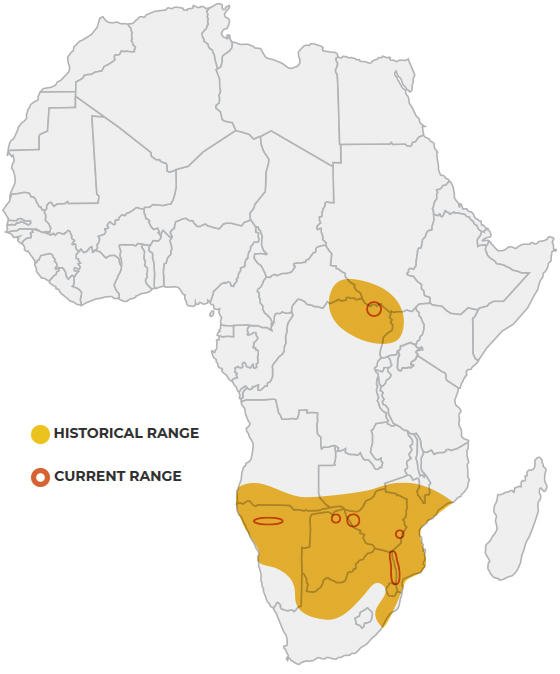
- Habitat: Long and short grass Savannahs.
- IUCN Status: Northern White Rhino: Critically Endangered | Southern White Rhino: Near Threatened

Status of Rhino Species

{Prelims – In News} “The Indian Economy: A Review” report
- Context (IE): Government released “The Indian Economy: A Review” instead of Economic Survey.
- Due to the general election, the interim budget will only be released with no economic survey.
- The Office of the Chief Economic Adviser prepared the review report.
Observations of the review report
- The Indian economy is likely to grow at over 7 per cent in the coming years.
- It is expected to become the third-largest economy in the next three years, with a GDP of $5 trillion.
- It is driven by domestic demand along with supply-side measures such as investment in infrastructure and measures to boost manufacturing.
- Elevated risk of geopolitical conflicts is an area of concern.
- The global economy is struggling to maintain its recovery post-Covid because of successive shocks such as supply chain disruptions.
Trends
- End of the era of hyper-globalisation in global manufacturing.
- Advent of Artificial Intelligence.
- Energy transition challenge.
Economic Survey
- Economic Survey is a detailed report of the state of the national economy in the closing financial year.
- It is prepared by the Economic Division of the Department of Economic Affairs (DEA) under the guidance of the Chief Economic Adviser (CEA).
- Once prepared, the Survey is approved by the Finance Minister.
- The 1st Economic Survey was presented for 1950-51, and until 1964, it was presented along with the Budget.
Significance of Economic survey
- Assessment and recommendations carried out in the survey are not binding on the Budget.
- It is the most authoritative and comprehensive analysis of the economy.
{Prelims – In News} Laghu Bana Jatya Drabya Kraya (LABHA) Scheme
- Context (TH): The Odisha government launched the LABHA scheme.
- It is a 100% state-funded minimum support price scheme for minor forest products.
- It is likely to benefit about one crore tribals, which is 23% of the State’s total population.
- Minimum support price (MSP) is a “minimum price” for any crop that the government considers remunerative for farmers and hence deserving of “support”.
- Minor Forest Produce (MFP) is all non-timber forest produce of plant origin and includes bamboo, brushwood, stumps, canes, Tusser, cocoon, honey, waxes, Lac, tendu leaves, etc.
{Prelims – In News} Updated World Economic Outlook
- Context (TH): The IMF updated World Economic Outlook showed that a “soft landing” was in sight, but overall growth and global trade remained lower than the historical average.
- The World Economic Outlook is published by the IMF twice a year.
|
- IMF forecasted global growth of 3.1% in 2024, 0.2 percentage points higher than its October projection yet lower than the average of 3.8% (2000-2019).
- Global trade was expected to expand by 3.3% in 2024 and 3.6% in 2025, well below the historical average of 4.9%.
- Headline inflation forecast remains the same at 5.8% for 2024 but lowered the 2025 forecast to 4.4%.
- IMF forecasts a drop of 2.3% in oil prices against the earlier 0.7%.
- It has upgraded the outlook for both the United States and China — the two largest economies — and cited faster-than-expected easing of inflation.
- It is observed that the global economy is far from a global recession.
- However, risks include geopolitical tensions in West Asia and attacks in the Red Sea that could disrupt commodity prices and supply chains.
- The improved outlook was supported by stronger private and public spending despite tight monetary conditions, increased labour force participation, mended supply chains and cheaper energy and commodity prices.
- India’s Growth rate = 6.5% (2024 and 2025), which increased by 0.2 % from the October forecast.
{Prelims – S&T – Defence} Exercise ‘SADA TANSEEQ’
- Context (PIB): The 1st edition of the India-Saudi Arabia Joint Military Exercise ‘SADA TANSEEQ’ has begun at Rajasthan.





![PMF IAS Environment for UPSC 2022-23 [paperback] PMF IAS [Nov 30, 2021]…](https://pmfias.b-cdn.net/wp-content/uploads/2024/04/pmfiasenvironmentforupsc2022-23paperbackpmfiasnov302021.jpg)




